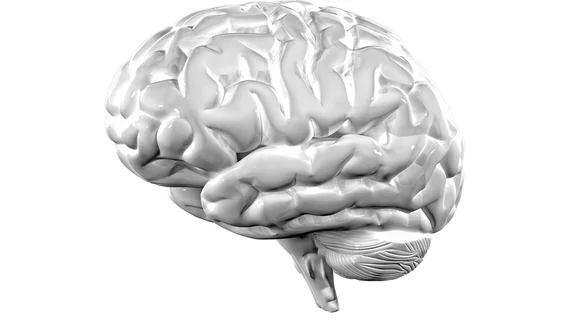Ultrasound-damaged organoids show how brain injury may progress into ALS
Traumatic brain injury (TBI) is linked to neurodegenerative disorders such as multiple sclerosis and amyotrophic lateral sclerosis (ALS), and new research from the USC Stem Cell laboratory of Justin Ichida may help scientists to understand why. The findings are published in the journal Cell Stem Cell. [1]
The researchers, led by Jesse Lai, PhD, from USC, created lab-grown brain structures—often called “organoids”—to learn more about cell structures and how TBI impacts the health of the brain. The organoids themselves were derived from patients with ALS to develop a model similar to real structures in the brain of patients.
Lai and colleagues aimed to promote cell death associated with brain injury. The organoids were purposefully injured using high-intensity ultrasound waves to replicate damage typically seen in TBI patients, including nerve cell death and pathological changes in tau proteins, as well as in a protein called TDP-43.
The ultrasound was able to accurately simulate damage to the organoids, and the ease by which TDP-43 was damaged may give some clue on what in the brain needs to be protected after TBI, to avoid degradation into ALS.
TDP-43 is more prevalent in organoids derived from patients with ALS or frontotemporal dementia, making their nerve cells more susceptible to death following injury. The ultrasound was able to accurately simulate damage to the organoids, and the ease by which TDP-43 was damaged may give some clue on what in the brain needs to be protected after TBI, to avoid degradation into ALS.
Seeking ways to protect the brain, the researchers found a gene called KNNJ2 that aids in muscle contraction and relaxation. Inhibiting this gene protected organoids generated from patients with and without ALS from the ultrasound waves.
Justin Ichida, PhD, who runs his namesake USC research lab and is also an associate professor with the Alzheimer's Foundation, said in a statement that targeting “KCNJ2 may reduce the death of nerve cells after TBI” and presents an opportunity for further research into TBI treatments.
“This could have potential as either a post-injury treatment or as a prophylactic for athletes and others at high risk for TBI,” Ichida added.
The researchers attempted to replicate their findings from the organoids on mice, finding similar results regarding TBI from the ultrasound and neurodegeneration. However, more research is ultimately necessary to confirm these findings, as the entire study was conducted strictly as a lab model.
The full findings are available at the link below.

